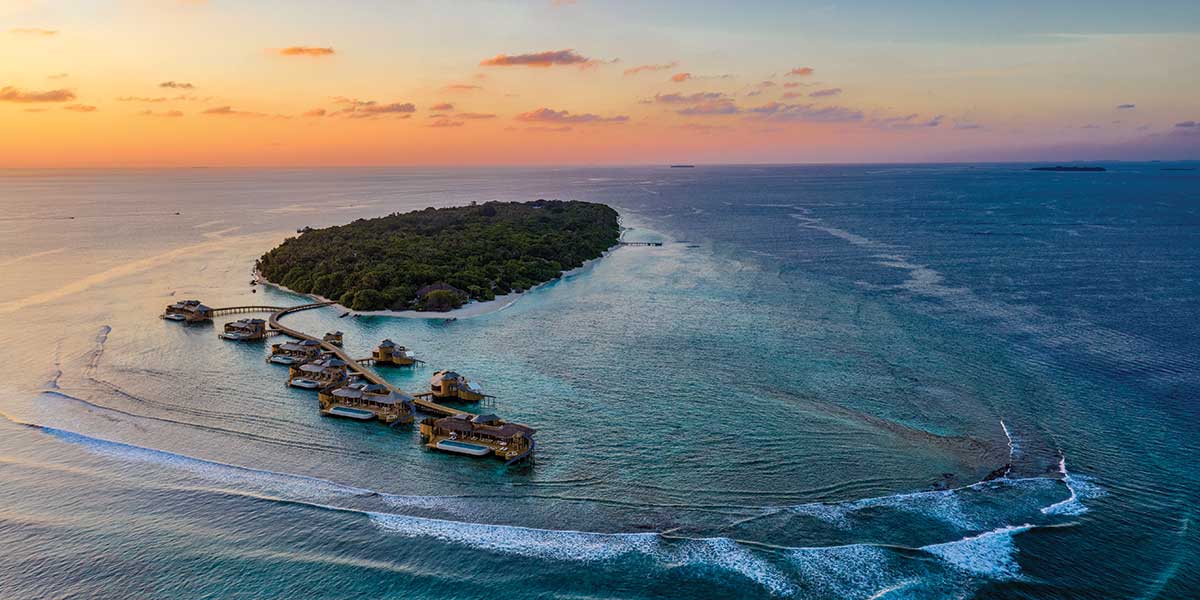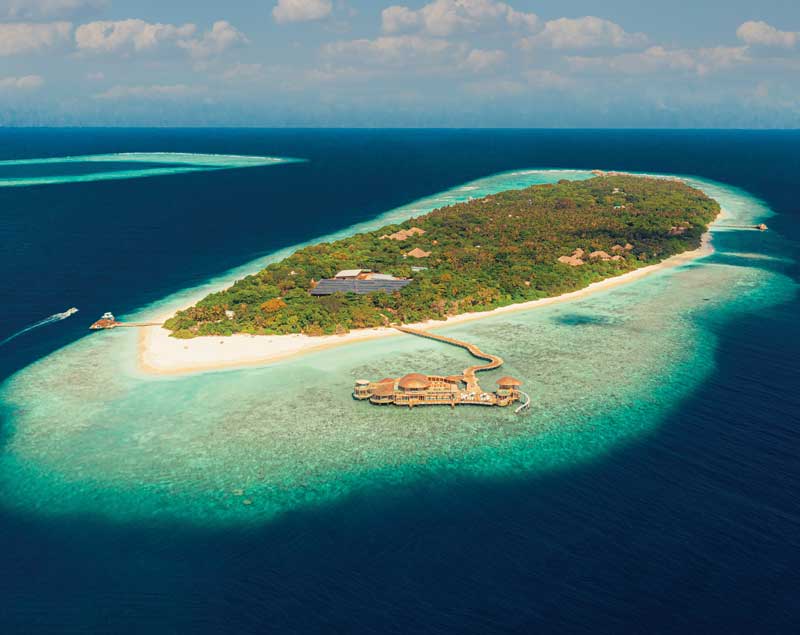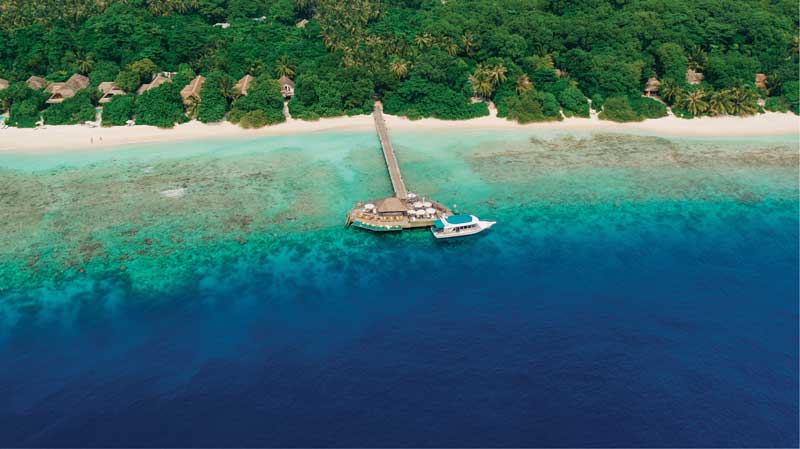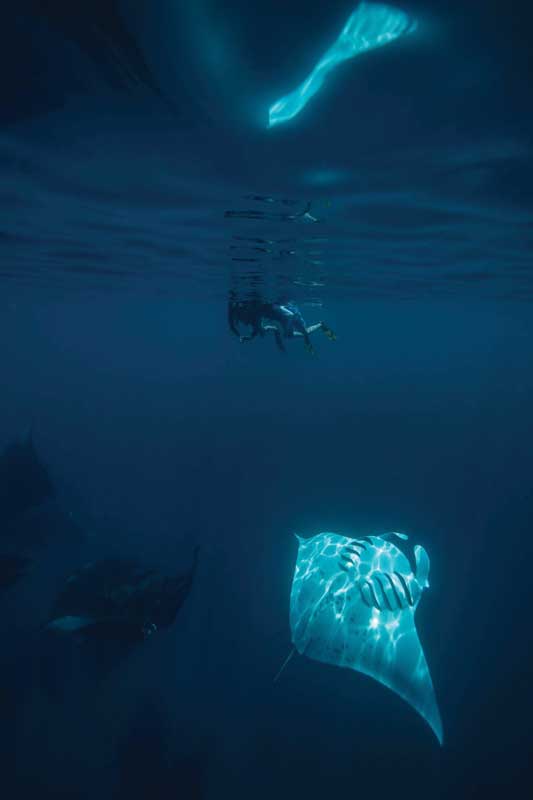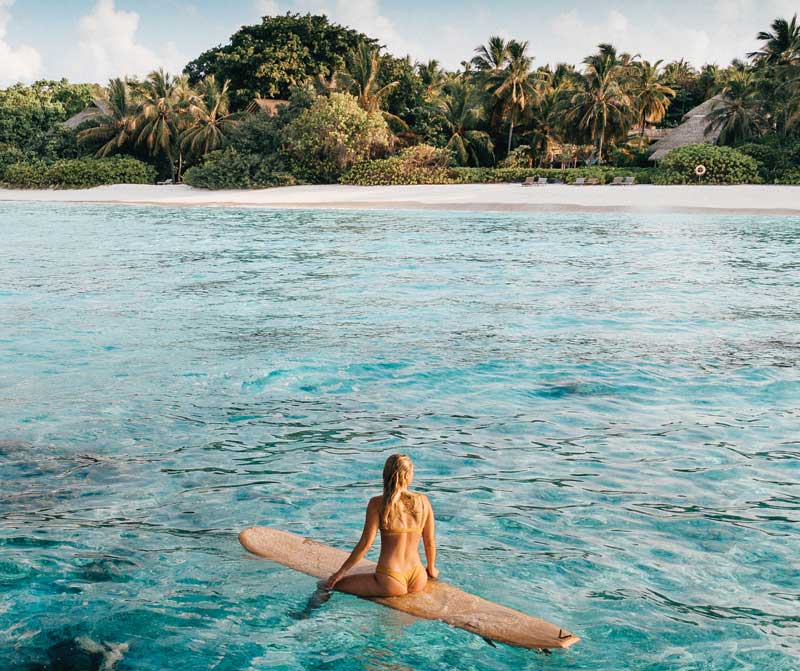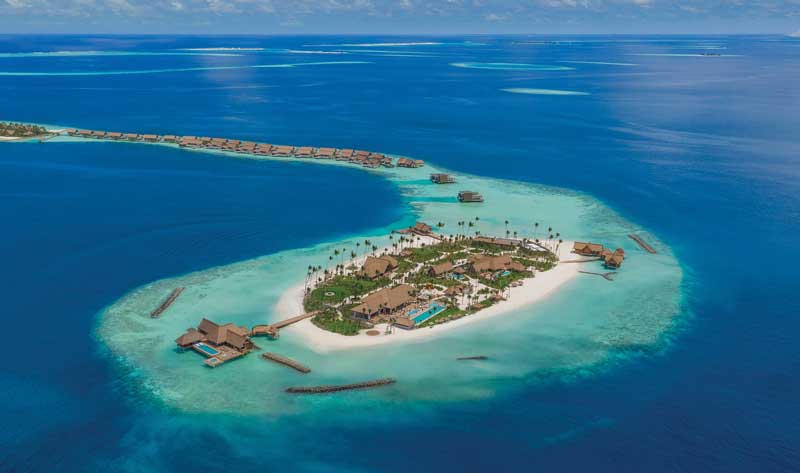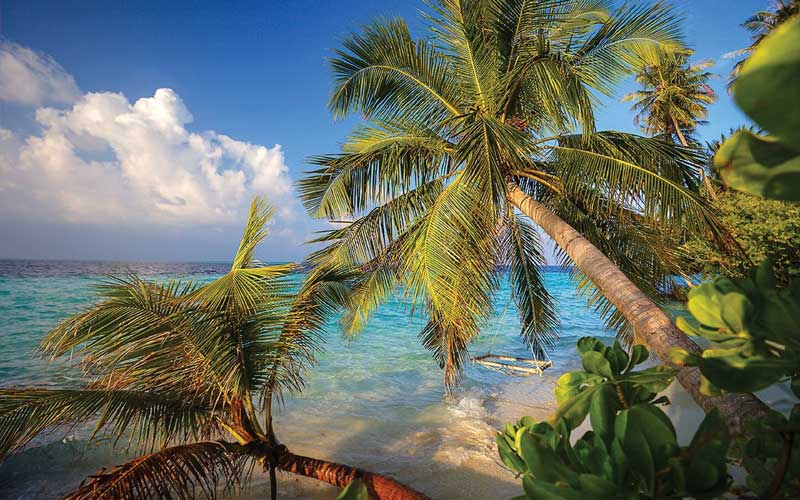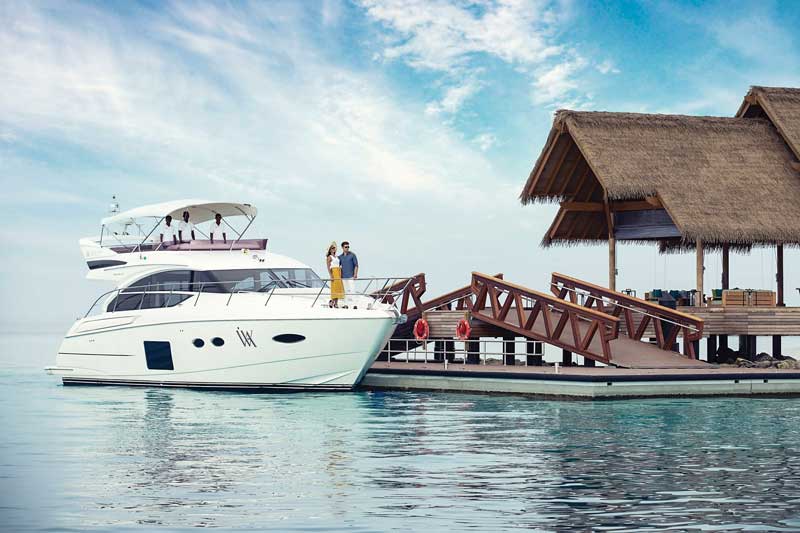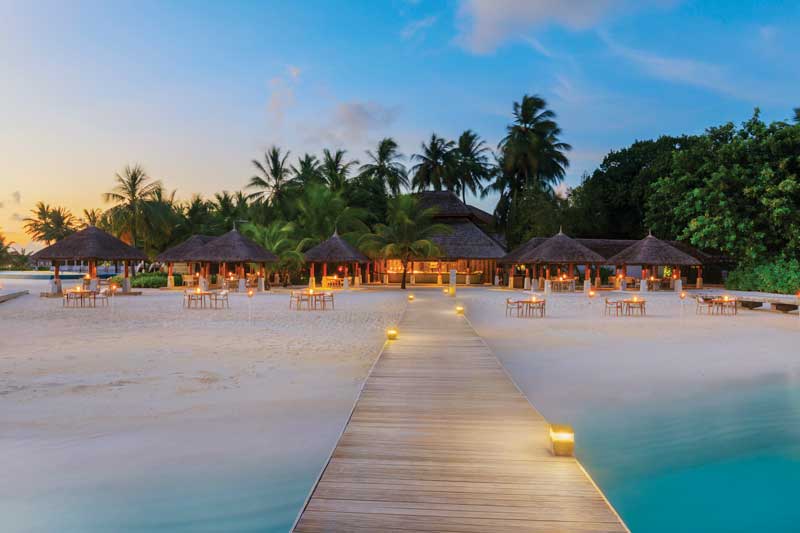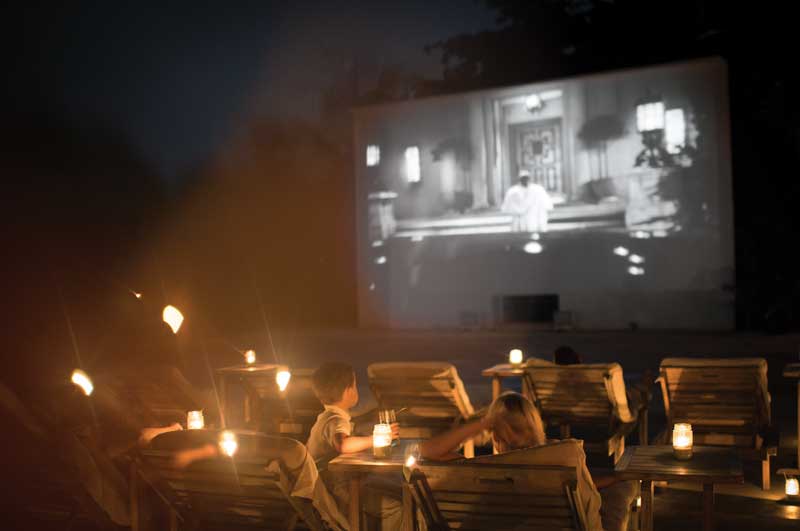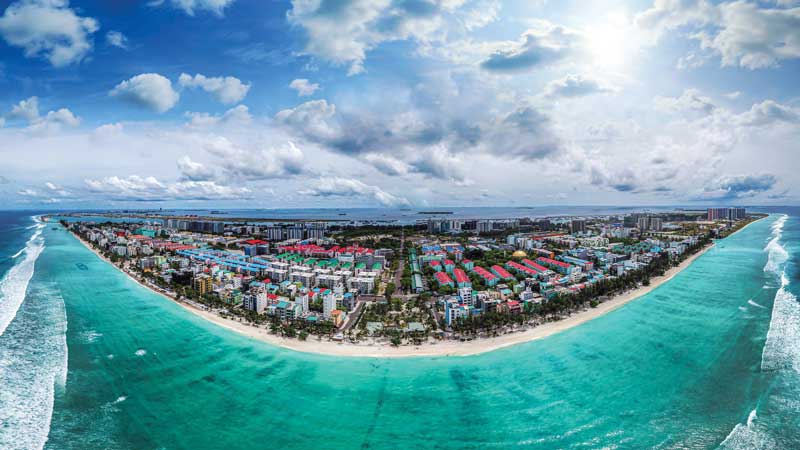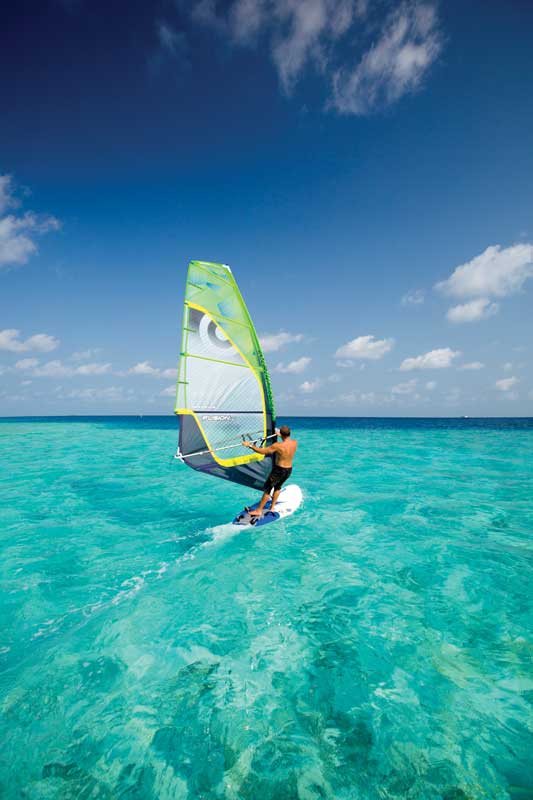Everyone who discovers a landscape of the Maldives Islands seeks to live the personal and unique experience of knowing them and even being able to enjoy an Island entirely for themselves, in the ecstasy of privilege.
Everyone who discovers a landscape of the Maldives Islands seeks to live the personal and unique experience of knowing them and even being able to enjoy an Island entirely for themselves, in the ecstasy of privilege.
The sea is so closely linked to the Republic of Maldives that it is difficult to distinguish its boundaries with the mainland, since 99% of its is made up of sea. The world’s most desirable place for travelers is an Eden that exhibits the interdependence of ecology and life.
Parallel to its elite tourism areas coexists a population that has had to devise its own way of living within the sea, literally. They say that there are islands called ‘pilgrims’ because they emerge or submerge depending on the level of the Indian Ocean.
Since its opening in July 2020, Maldives quickly recovered the level of monthly tourists estimated at approximately 150,000. Even so, the government has established that due to the present situation, different security measures are required, such as mandatory PCR tests, health certificates and quarantine, among others.
Since the 1970s, the Republic of the Maldives has been at the top of the travel agendas of exclusive tourism for lovers of paradisiacal sites: palm trees, sand, corals, open spaces and a pristine sea where to discover and enjoy the treasures of nature and beaches of unbelievable beauty. Maldives promotes luxury ecotourism, whose main offer is to let yourself be carried away to the most absolute relaxation.
They have succeeded in making tourism revenues so abundant as to foster respect for their environment and in the development of technologies that promote sustainability; environmental awareness has multiplied since the beginning of the millennium.
Sri Lanka and southwestern India are the closest points to the Maldives, both of which have been linked to its history in different ways over time. Nowadays they are the best-connected points to access the archipelago; in turn, many visitors’ itineraries include visits to these nearby countries, to such desirable sites as Munnar, Kerala, Goa, Bombay in India, Colombo city in Sri Lanka, and to the Laccadive Islands on maritime routes.
Moving from island to island is a fantastic option and is possible with a boat or seaplane, in any way, even if you travel by private yacht. Accommodations contemplate and manage these solutions.
Some islands are fully occupied by a single resort that has created a foundation, whose task for the last 40 years has been to facilitate avenues for sustainable self-management. Except in the capital, Malé, the environments are created with the aim of taking visitors away from the "urban" and to encourage them to have a joyful and respectful with the environment.
Maldives in white and blue
In an aerial view of the Maldives, blue prevails in all its tonalities and fusions with greens, golden, reddish and bluish-violet transparencies, where the sea is deepest, from which 26 atolls emerge: ring-shaped coral islands made up of land, vegetation and very whitish sands.
It is considered the lowest country on the planet that survives through and thanks to the coral formations that act as a filter for wave energy: like an underwater fortification that softens the intensity of the ocean. This characteristic has protected it from the effects of tsunamis that ate prone to occur in this region.
The Republic of Maldives is made up of around 1,200 Islands, which makes it the most dispersed country on the planet: 200 of these are habitable, others are used for different purposes such as research, environmental protection, vegetable and fruit growing. At least 65 of its islands are used only for tourism and, among them, there are some with only one accommodation.
Maldives has a warm climate all year round. Diving enthusiasts have here a prize of turquoise waters and spectacular seabed, the daily calendar could be full of exciting adventures, and environments arranged for romance by unforgettable landscapes.
A little of its history
The first settlements in the Republic of the Maldives are documented in 269 B.C. It is said that an exiled prince founded a community that worshipped the sun and water. In the 5th century B.C. migrations from India, Sri Lanka and other countries arrived there.
It appears indicated in an atlas of the Indian subcontinent made by Willen Janszoon Bleau, during the Dutch domination, it was they who were responsible of marketing and publicizing the coconut, whose consumption was quickly popularized as an effective remedy with a toning effect and as an aphrodisiac. Coconut is still the main terrestrial ingredient of the place.
Maldives is multicultural because of its influence from different places: India, Sri Lanka, Indonesia, Africa or Malaysia. From the change of influences, religions and systems of thought such as the Teravada Buddhism of Ceylon (Sri Lanka), which was the religious philosophy that prevailed here for centuries.
The cult of Sunni Islam began to prevail in the 12th century through the conversion of the rulers. Portugal, Holland and England succeeded each other in the control in controlling the Maldives until it was declared a Republic in 1953.
The Maldives has played a prominent role in history because of its strategic location between trade routes. Tourism, in the first place, the sea, fishing and maritime trade are its main economic engines. Its population has had to carry out a titanic work of self-environmental awareness, where all factors are a special teaching for the world.
Each island is a different universe and at the same time identical
The Republic of Maldives has many peculiarities, for example, Sunday is not a weekend day; in paradise plastics are 100% forbidden, and if you discard any object or wrappings of your personal effects in some of the resorts, you must bring them back on your departure. Tourists with a current passport valid for at least six months and travel documents, such as copies of reservations or receipts, are granted a 30-day visa upon arrival.
Being a Muslim country, there are some restrictions to consider, among them, alcohol is prohibited in public places and is not sold in stores; it is served only in resorts allowed by law. Bikini wear is restricted to villas or private guest areas and desert islands; in addition, it is important to respect other dress codes. As for women's clothing, shorts, T-shirts or sarongs should be avoided.
There is no freedom of religion. Islam is the only peried belief. Non-Muslims cannot be citizens, nor are they allowed to vote or hold public office. A foreigner must not worship or officiate any other belief in public. It is striking that with the extensive influence and temporality of the Buddhist period, its footprint is barely visible in today's Maldives.
The recommendations suggest that it is important to report any specific dietary requirements or medical conditions.
Maldivian culture
The Maldives' own language is Dhivehi or Maldivian, which has its origins in its various influences throughout history; at the moment it is cataloged as an Indo-European language with some primarily Arabic, Hindustani characters, in addition to Persian, English or Portuguese. English is a common language for the inhabitants and is common in places related to tourism.
Cultural traditions
Each island has a rich and diverse cultural heritage, stories, songs, instruments and dances such, as the Boduberu dance, which are passed down from generation to generation. The carvings and lacquers, its carpets and fabrics that are used for the spheres and prayer rugs, handicrafts, canvases and costumes with traditional designs such as the Libaas. Popular belief recreates stories of magic, plants, animals, and spirits.
The Dhoni boat
This boat was made entirely by hand in the past. It has been the main multipurpose means of transport (fishing, ferry, cargo, trade, private) between the islands, Sri Lanka and India. Their draft and design range from simple to extremely beautiful and special. It is believed that the first ones were built from a single coconut palm trunk. Although originally sailboats, many have integrated engines and are even built with fiberglass and other materials, as well as new naval technologies. They can usually carry between 8 and 14 people.
Major holidays
Its celebrations are related to religion, one of the most important is Ramazan (Ramadan), a month of fasting fervently celebrated in the Maldives. In 2021 it starts from April 12th to May 11th. This is a period of saving and connecting with the sacred, so it should be considered that public establishments and restaurants are closed during the day; except in the resorts, although it is suggested to be as respectful as possible with these traditions and their rules in public.
When the month of Ramadan ends, at the next new moon, the festivities of Eid Al Azha festivals begin, lasting three consecutive days of prayers and processions dedicated to Allah during the day and with parties in very house at nightfall. Maldivians wear their best clothes and dance their traditional dances such as the Boduberu accompanied by drums and other percussion instruments, with African influences, probably introduced by sailors or slaves, performed with great rhythm and fervor.
The birthday of Prophet Muhammad, a day of prayer and attendance at mosques, the date is changed annually. Each island has its own particular way of celebrating, some of them centuries old.
Maldivian gastronomy or Dhivehi cuisine
This is the ideal place for those who love fish and seafood in abundance, where tuna is the favorite dish, along with coconut that is used in all kinds of preparations and rice. The spices are essential in the whole area.
The main city: Malé Island
Malé Island is known as the King's Island, it is an insular independent territory located in the Kaafu Atoll, it is inhabited by a quarter of the Maldivian population: 230,000 inhabitants in an area of 8.3 km, making it the most overpopulated island in the world.
The city was established by Portuguese merchants in the 15th century. Male means "big house" and it has been the administrative center of the monarchies in the past and in the present, where it also holds political power, being the seat of the three-powered government, whose president must be elected as Head of State and Government every five years. Regarding the legislative system and the judiciary, both the constitution and the laws are governed by Islamic law.
The Government of Maldives commissioned the construction of two artificial islands: Hulhumale and Hulule to alleviate the demand for land in Male for residential, commercial, industrial and tourist use, they are recommended as the best options to stay in Maldives if you want to be better connected and surrounded by public services.
The Sinamalhe Bridge connects the three islands that can be toured by a car tour; it is the opportunity for a car journey in case city dwellers miss it. The bridge is presumed to be a monumental work of engineering.
Sailing is essential
The capital city is the main commercial and tourist port, and there are also many ports and marinas around the islands of different depths and facilities. Cruises, excursions, experiences such as going to the manta ray feeding point, doing sea-related adventure sports as well as boating, gliding or rock climbing.
Sailing on every type of boat imaginable on private cruises on Maldives routes, surfing spots, diving, sunset cruises, night fishing, water skiing, windsurfing, parasailing, etc.
All the iconic attractions of the capital can be visited on foot: the Islamic Center, the Mosques, the outstanding Minaret in the landscape with its golden dome, the Sultan's Palace, the National Museum of Maldives, Jum Hooree Maidan Square, the fish and fruit markets, among others.
Vaadhoo Island "the sea of stars"
On this uninhabited island located in the Raa Atoll happens a spectacle impossible to forget, because at dusk the sea water begins to light up in blue as if the stars in the sky had settled along the shore.
The phenomenon, which scientists call bioluminescence, occurs when the multitude of microscopic creatures of the ocean's plankton remain on the surface, in the sand and come into contact with oxygen: observing the sea of stars can lead to a mystical emotion, especially if you walk on it and the stars land in your foorprints.
Although it can be observed in other places on the planet, in this site it is visible at all times of the year and occurs in different parts of the Maldives, many prefer to venture into night diving, to share this magical vision that occurs over the ocean.
Ultra-luxury sanctuaries
With avant-garde architecture, sustainable materials, social commitment and design by the most prestigious architectural firms on the planet, as well as the most exquisite amenities, programs and contact with nature, various dream sites have been created with the added bonus of being ecologically sustainable.
Stay a night on the private island at the Waldorf Astoria Maldives Ithaafushi, Cocoa Island by Como, Six Sense Gasfinolhu or Soneva Fushi, among others, which offer, in addition to incredible facilities, programs related to the sea and glass-blowing workshops, planting techniques, sunset fishing, dolphin cruise, private photo sections, overwater villas with glass floor spaces to see the sea even from inside or floating spa villas for therapies, traditional herbalism, yoga classes, meditation; careful attention, the delicious food ... all this and much more is within reach of those who visit the unforgettable Republic of the Maldives.
Texto: ± Foto: © Asset Bank 2021, waldorf astoria maldivas, VELASSARU MALDIVAS IMAGE BANK, et, maldives tour

